防爆環(huán)境的劃分:
爆炸性環(huán)境:在大氣條件(jiàn)下,可燃性物質以氣體、蒸(zhēng)汽、粉(fěn)塵、纖(xiān)維或飛絮的形式與空氣形成的混(hún)合物,被點燃後,能夠保持燃燒自行傳播的環境。
爆炸性氣體環境:在大氣條件下,可燃性物質以氣體或蒸汽(qì)的形式與(yǔ)空氣形成的混合物,被(bèi)點燃後(hòu),能夠保持燃燒自行傳播的環境。
根據爆炸性氣體環境出現(xiàn)的頻(pín)次和(hé)持續時間把危險場所分為0區、1區、2區。
0區(qū):爆炸性氣體環境(jìng)連(lián)續出現或頻繁出現或長時間存在的場所。
1區(qū):正常運行時,可能偶爾出現爆炸性氣體環境(jìng)的場所。
2區:在正常運行中,不可能出現爆炸性氣體環境,如果出現,僅是短時間存在(zài)的場所。
同樣的,對於粉塵環境中,也分為(wéi)了20區、21區、22區
20區:在正(zhèng)常運行過程中可燃性粉塵連續(xù)出現或(huò)經常(cháng)出(chū)現,其數量(liàng)足以形成可燃性粉塵與空氣混合物和/或可能形成無法控製和極厚的粉塵層的場所及(jí)容器內部。
21區:在正常運行過程中,可能出現粉塵數量(liàng)足以(yǐ)形成可燃性粉塵與空氣混合物但未劃入20區的場所,該區(qū)域(yù)包括與充入或(huò)排放粉塵點直接相鄰的場(chǎng)所。
22區:在異常情況下,可燃性粉塵雲偶爾出現並且隻是(shì)短時間存在或可燃性粉塵偶爾出(chū)現堆積或可(kě)能存(cún)在粉塵層(céng)並且產生可燃性粉塵空氣混合物的場所。
Understanding of explosion-proof environment
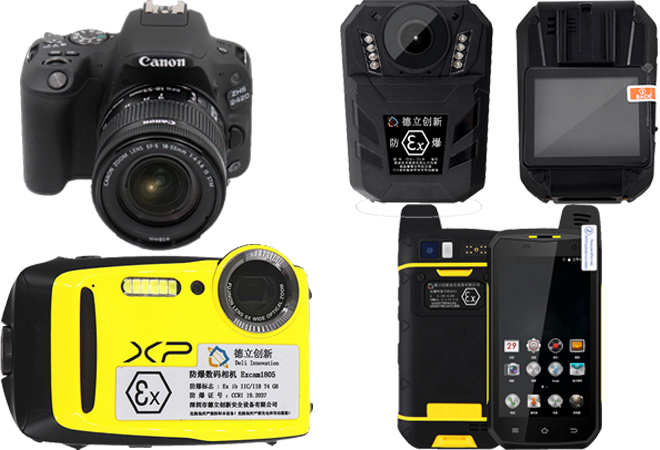
Understanding of explosion-proof environment
Explosive environment: Under atmospheric conditions, a mixture of flammable substances and air in the form of gas, steam, dust, fibers, or fly floes, after being ignited, can maintain an environment in which combustion propagates on its own.
Explosive gas environment: Under atmospheric conditions, a mixture of flammable substances in the form of gas or steam and air, after being ignited, can maintain an environment in which combustion propagates spontaneously.
According to the frequency and duration of explosive gas environment, the hazardous locationss are divided into Zone 0, Zone 1, and Zone 2.
Zone 0: A place where explosive gas environment appears continuously or frequently or exists for a long time.
Zone 1: A place where an explosive gas environment may occasionally occur during normal operation.
Zone 2: In normal operation, there is no possibility of an explosive gas environment. If it occurs, it is only a place where it exists for a short time.
Similarly, in the dust environment, it is also divided into 20 zones, 21 zones, and 22 zones
Zone 20: Combustible dust appears continuously or frequently during normal operation, the amount of which is sufficient to form a mixture of combustible dust and air and / or may form an uncontrollable and extremely thick layer of dust and inside the container.
Zone 21: During normal operation, there may be places where the amount of dust is sufficient to form a mixture of combustible dust and air, but it is not zoned into zone 20. This zone includes places directly adjacent to the points where the dust is charged or discharged.
Zone 22: Under unusual circumstances, flammable dust clouds occasionally appear and only exist for a short time or flammable dust occasionally accumulates or there may be a dust layer and a flammable dust air mixture is generated.

 0755-21041124
0755-21041124 









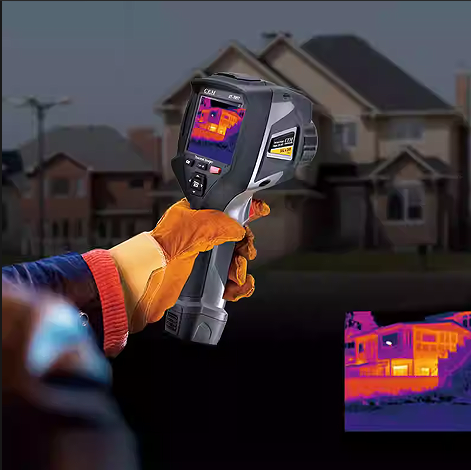
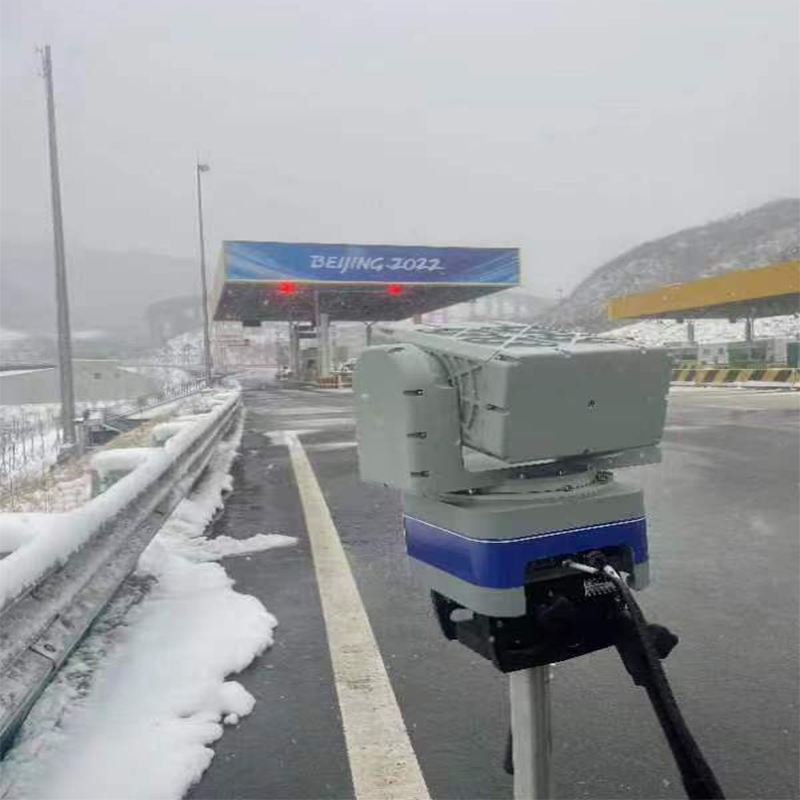
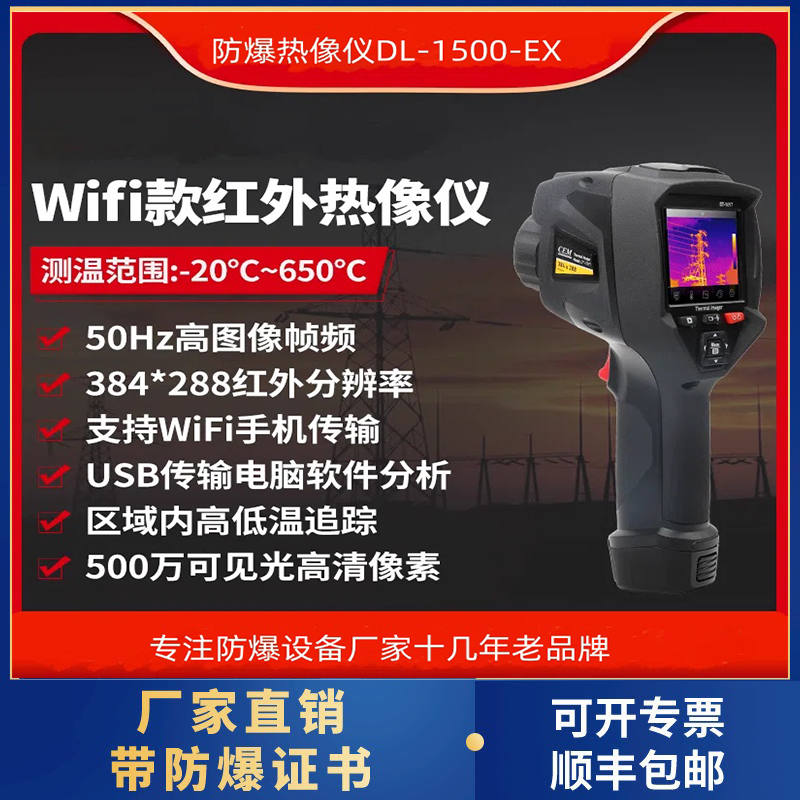
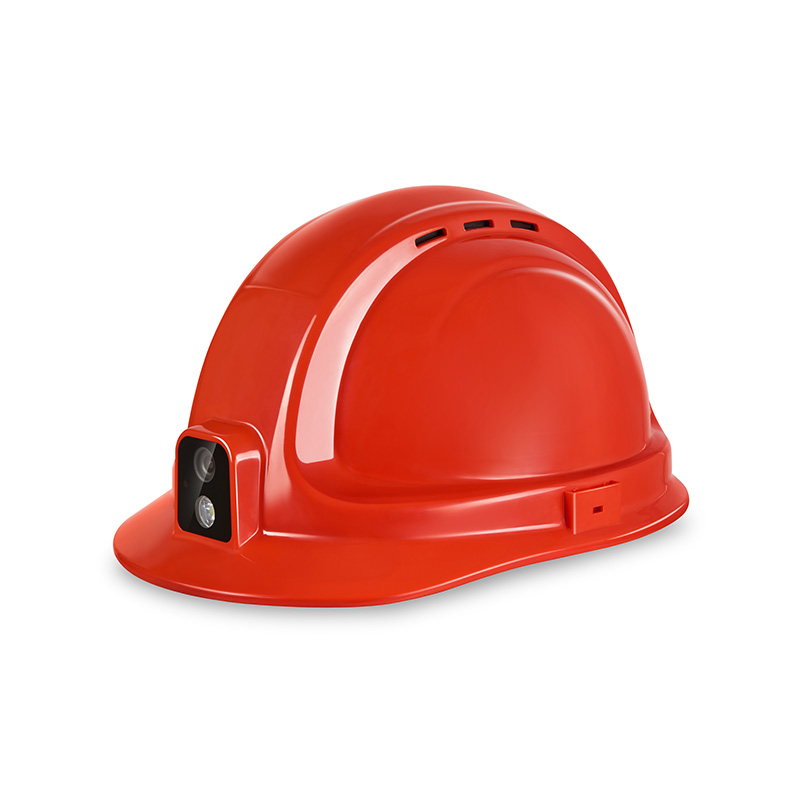
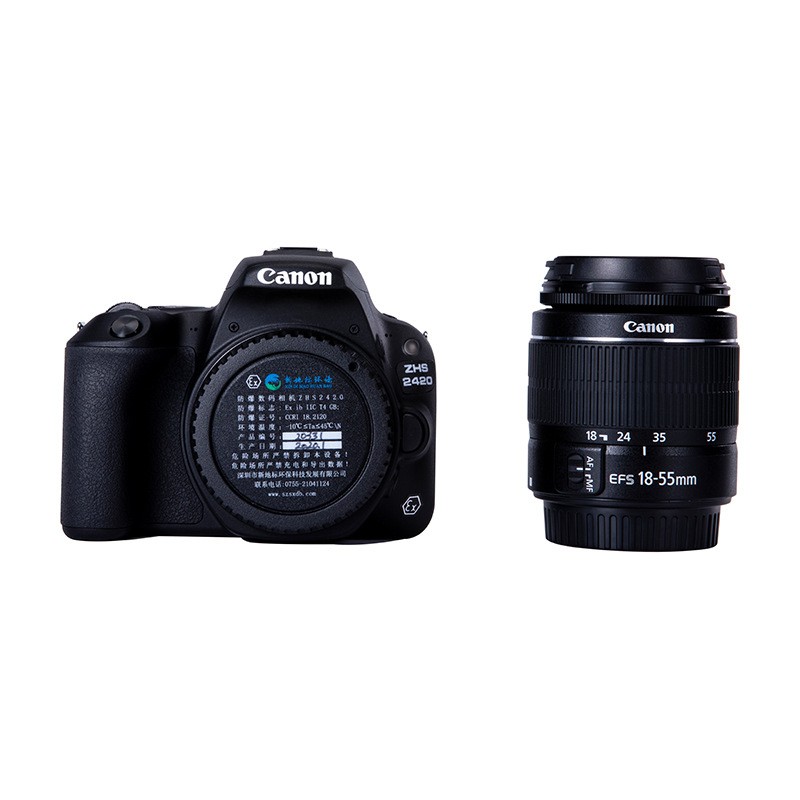
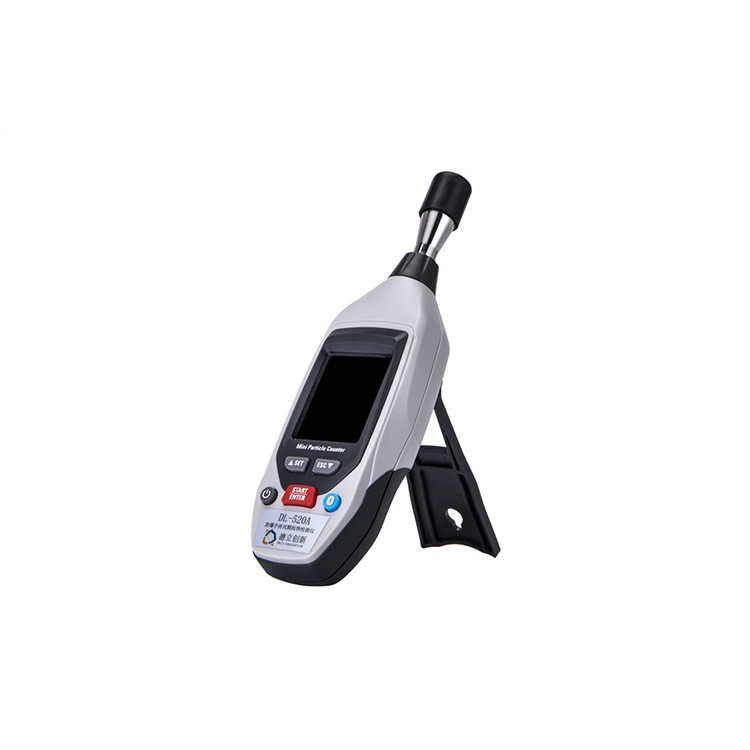
 在線谘詢
在線谘詢 

